The Monk Seal Waits
One of the unique facts about the monk seal is that they prefer tropical climates rather than the icy waters of the north. They also remain pregnant for over a year! And you ladies thought nine months was long enough.
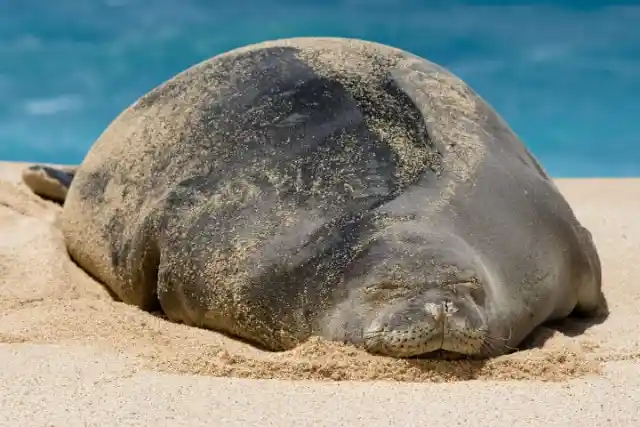

After birth, the mother monk seal stays with the baby for up to six weeks, ensuring it has the skills needed to hunt and survive.
The Ghost Bat Has Had It
This ghost bat is ready for her babies to just come already! Unfortunately, this is only her first sonogram.
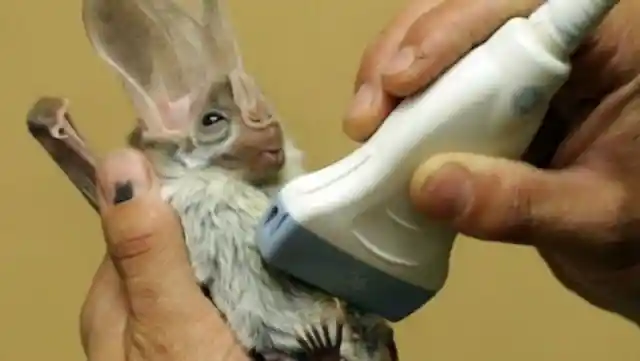

The ghost bat’s pregnancy habits continue to remain elusive, but researchers at the Sydney Featherdale Wildlife Park are actively studying their gestation cycle.
A Guinea Pig on the Edge
Yes, this guinea pig is just about to pop. Female guinea pigs can start having babies as young as two-months-old and usually are pregnant for roughly 73 days.
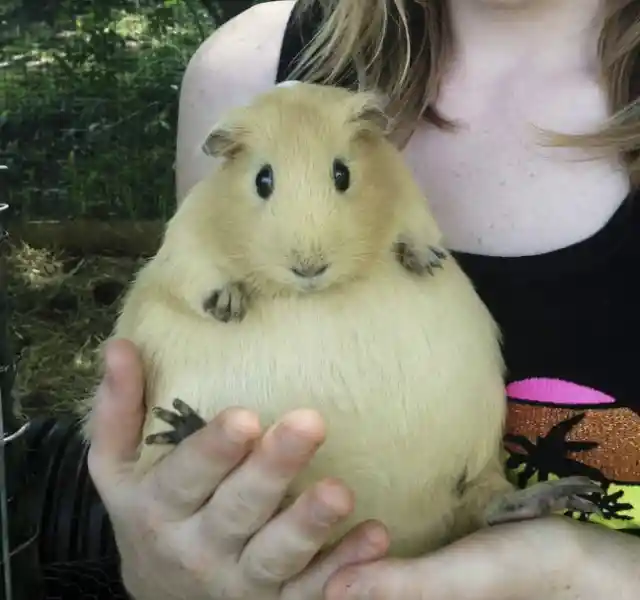
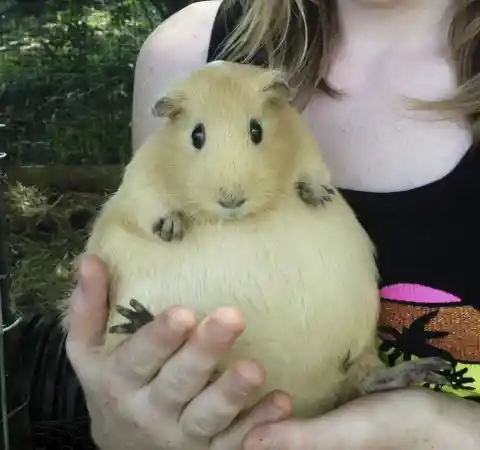
Most litters are anywhere from 2-8 babies, with mother guinea pigs having up to five litters per year!
The Suffering of a Pregnant Pony
Apparently, the gestation period for a pony is roughly 11 months, but this poor girl looks like it’s been 11 years!
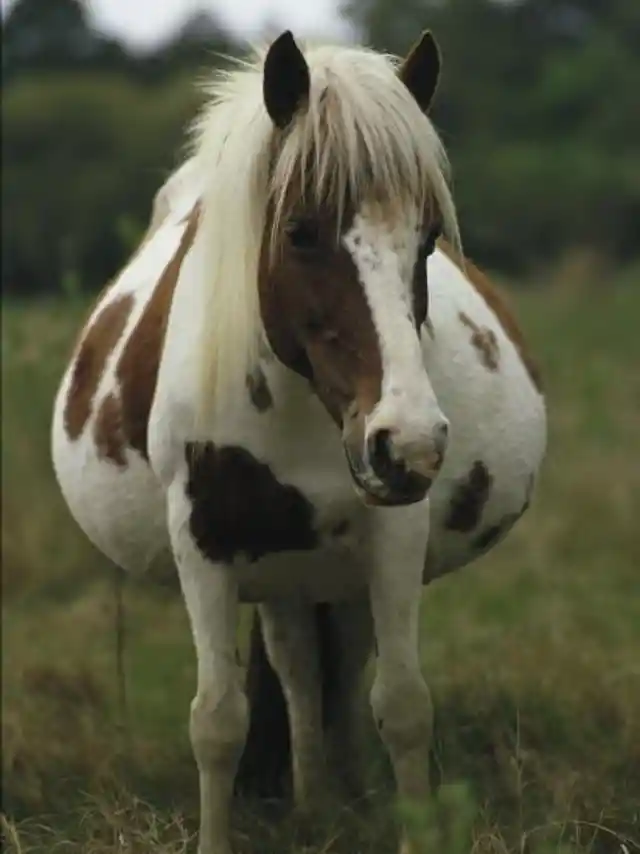
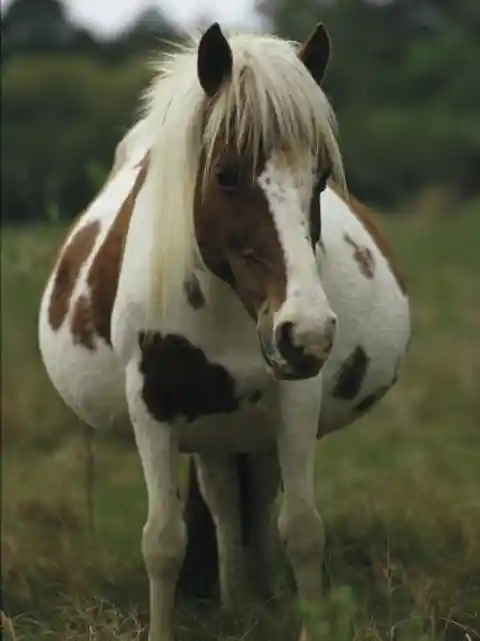
Most ponies give birth to one foal at a time, although twins have been known to happen on rare occasions.
An Eager Elephant Ready to Pop
Pregnant elephants are in it for the long haul. Females aren’t able to breed until they are 14, but when they do the gestation period is 22 months!
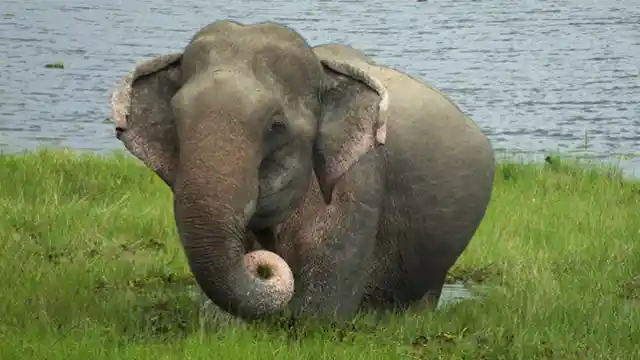

That’s just under two years! Thankfully, once the baby is born the entire herd chips in to take care of it.
Rat Reproduction
Since the lifespan of a rate is around one year, they have to make up for lost time with a highly active reproductive cycle.
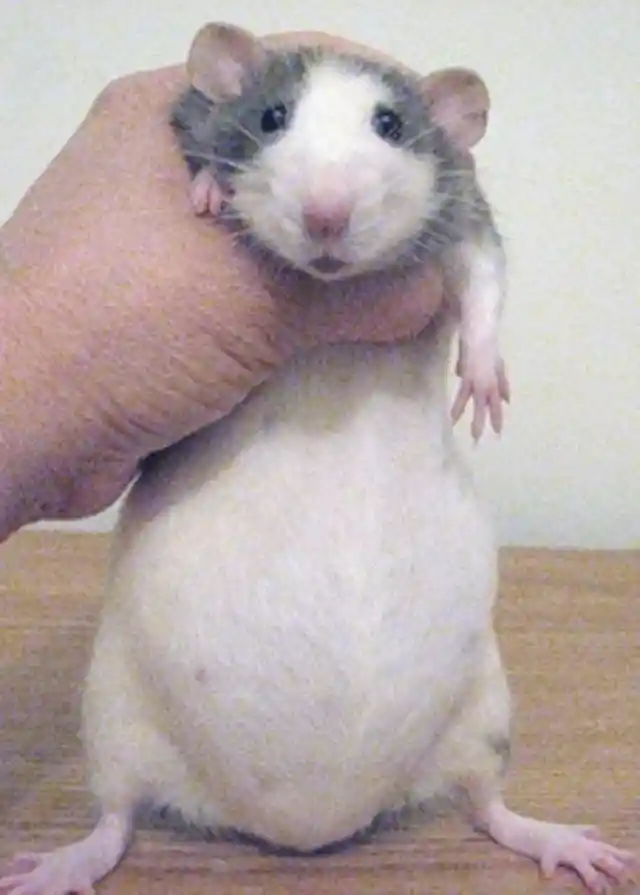
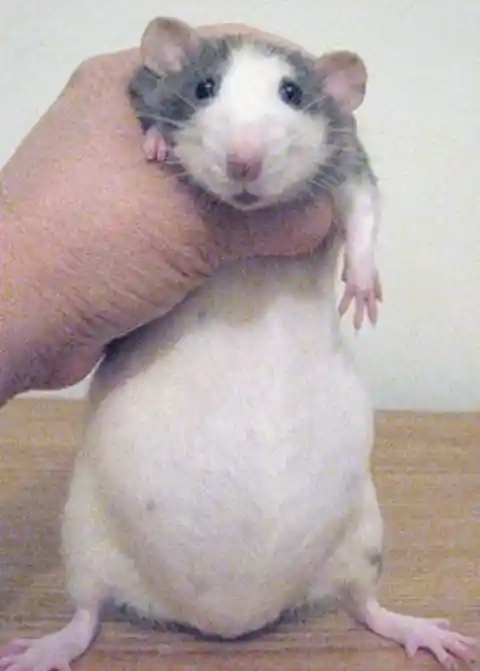
Rats are only pregnant for about 21 days and each litter can produce up to 10 baby rats. In their entire lifetime, some female rats will give birth to over 1,250 offspring.
A Mother Meerkat Waits Impatiently
This meerkat is longing for the days of her slimmer figure. Meerkats remain pregnant for about 11 months and have up to three babies at a time.


The babies are weaned quite quickly after two months, which allows the mother to hunt and scavenge for food. Since meerkats live in large communities, everyone helps out in raising the little ones.
Desperate Dolphin
This mother dolphin has decided to sink not swim. When you’re pregnant for over a year, you’d rather just float to the bottom too.
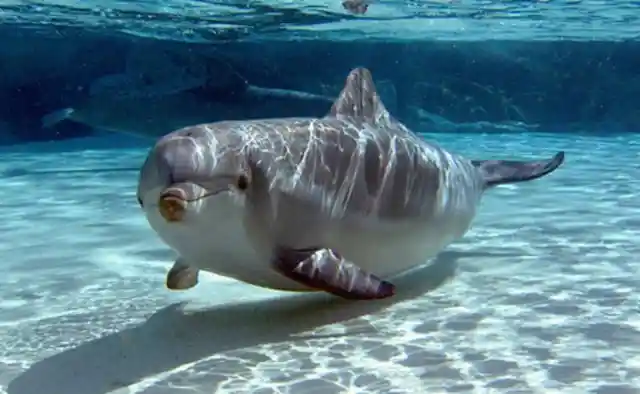
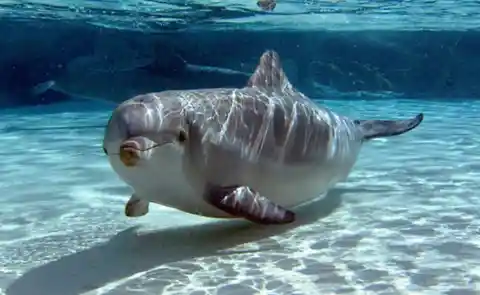
New dolphin babies are raised by only the mother and survive off breastmilk for the first three years of their lives.
Frustrated Frog Ready for the End
Now frogs don’t get pregnant, but they do lay massive amounts of eggs. Frogs can lay hundreds if not thousands of eggs that ready to be fertilized at one time.
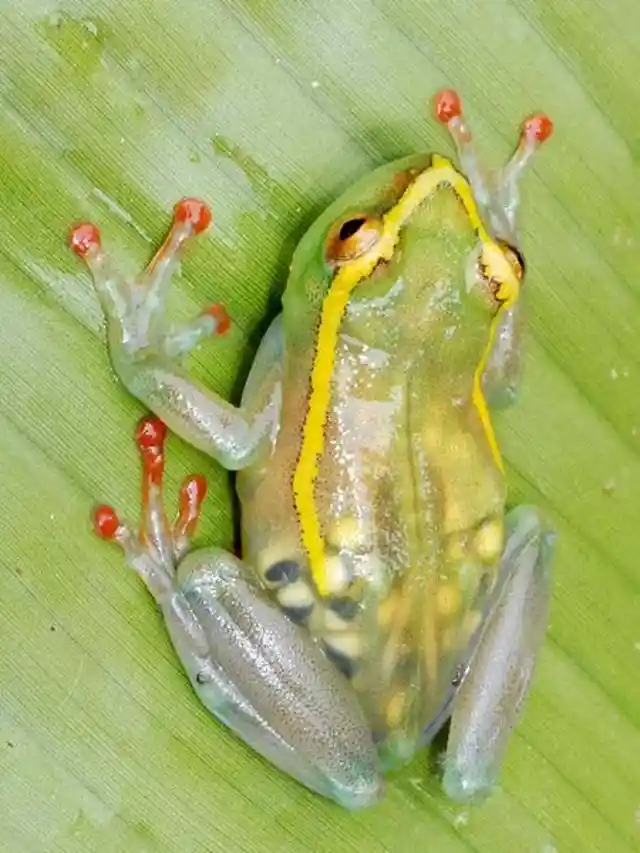
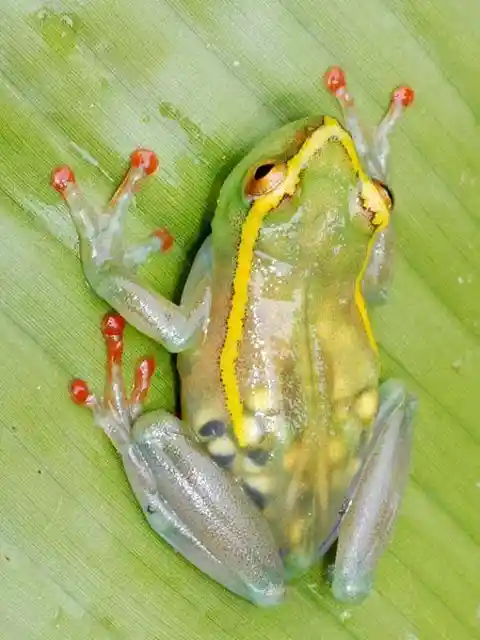
Sadly, not all of the babies will make it to adulthood since tadpoles are food for quite a few creatures in the wild.
Does This Goat Have a Pregnancy Glow?
This mama goat is ready. There’s no doubt about it!
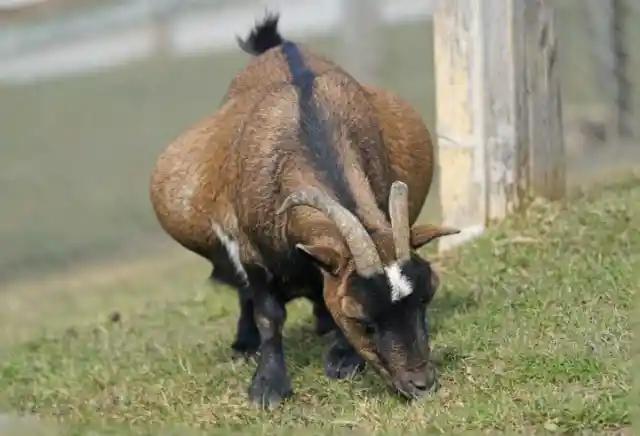

Female goats gestate for roughly 150 days and give birth to twins regularly, although single births and triplets are possible as well.
This Dog Be Like: Get This Litter Out of Me
I said don’t take my picture! This mother dog is just days away from giving birth and by her expression, she’s passed her expiration date.


Dogs are pregnant for around two months and give birth to anywhere from 3-15 puppies at a time. This quick gestation period has proved to be very lucrative for breeders.
Please Don’t Take Pictures of ME!
Just like dogs, a cat’s gestation period is about two months. This mama is definitely not one to be messed with.


Not only has she lost her figure, but she’s cold and naked!
Tiger Mama is Tired
It seems this pregnant tiger has been indulging in one-too-many pregnancy cravings. No judgments here! Tigers are only pregnant for around 16 weeks and give birth to up to three cubs at a time.
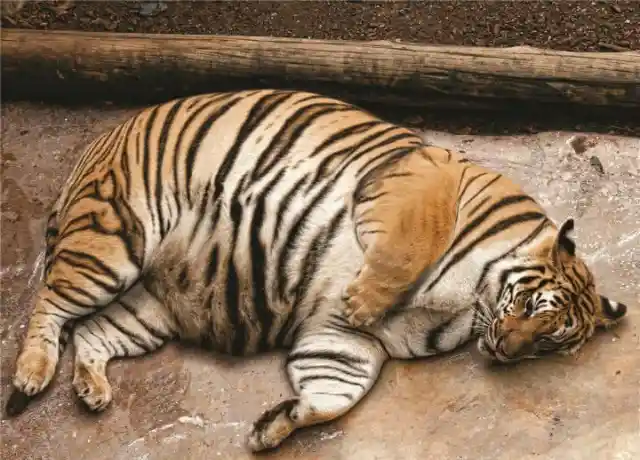

One interesting fact about tiger cubs is they are born blind and require constant care from the mother for their first 2-3 months of life.
Preggo Rabbit Ready to Roll Away
There’s a reason rabbits are known for being quick…they can give birth to 4-12 kits in just 30 short days. Rabbits breed for about 75% of the year and can get pregnant immediately after giving birth.


Some mothers will have up to 100 babies per breeding season. We can’t imagine what her grocery bill is like!
Supersized Squirrel
This female squirrel has been eating for more than herself. Very pregnant and pretty much over it, female squirrels can have up to two litters each year.


Although, depending on the availability of food, one litter is usually a norm. The gestation period is up to 44 days and they usually have 3-4 kittens at a time.
Hefty Hedgehog About to Give Birth
Did you know baby hedgehogs are called hoglets? How cute is that?
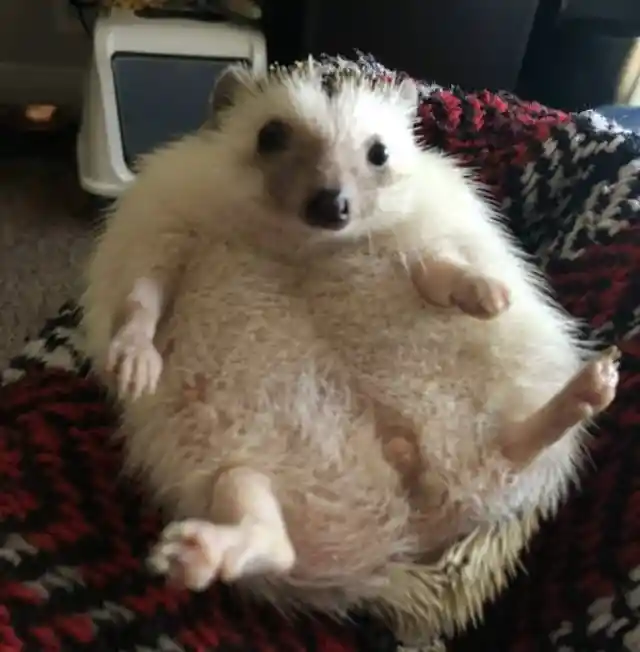

Most babies are born during the summer, with the gestation period lasting 4.5 weeks. Usually, the mothers give birth to 4-5 babies at a time.
Do Stripes Make Me Look Fat?
Sorry, sweetie, stripes are just not your style with that waistline. Yikes! This mama zebra is long overdue it seems. Zebras remain pregnant for about 13 months.

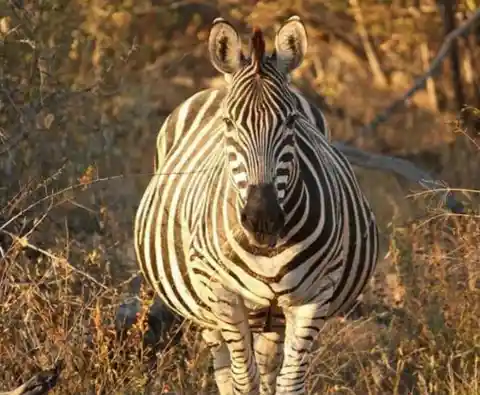
Can you imagine being pregnant for over a year? They only give birth to one foal at a time and will take care of them for up to 18 months. At that time, the young zebra will leave his community to find or form one of its own.
Preggo Panda is Tuckered Out
Being a pregnant panda can be really tiring. Females produce one to two cubs every two years and their gestation period is around 160 days.


One surprising fact about baby pandas is how small they are. They are usually born at only 3.2 ounces! Talk about tiny tots!
I Said No Pictures!
Imagine being that pregnant and having to balance on those four skinny legs! Pregnant giraffes can be a walking hazard…and bending over for a drink? Forget about it!

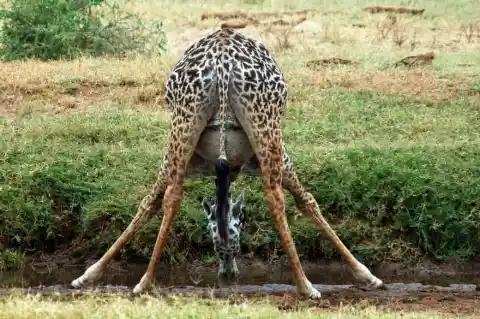
Most giraffes are pregnant for around 15 months and many zoos live stream the births due to how long it takes for a giraffe to give birth.
Seahorse Strangeness
Seahorses have very unique habits when it comes to breeding. While the females lay the eggs, it’s the males who carry them after fertilization.
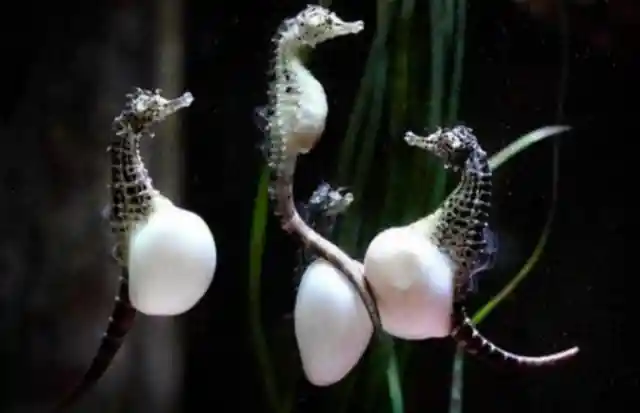

Seahorses can produce up to 1,000 eggs at a time, but the chance of survival is very limited. Only .05% of baby seahorses will survive to adulthood.
A Really Round Raccoon
This mama raccoon is ready for the end. Raccoons mate in the winter months and their gestation period is roughly 2 months long.
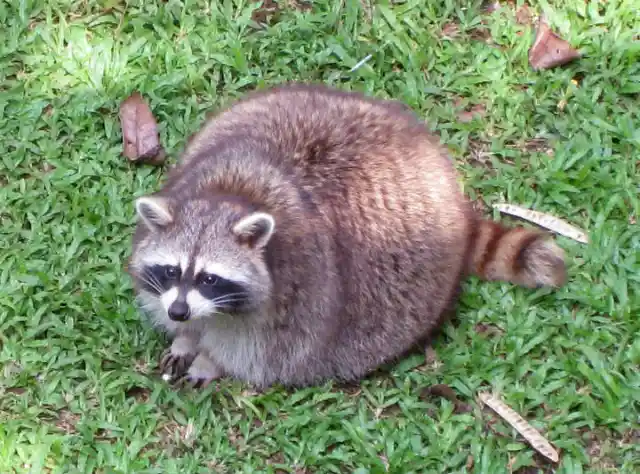
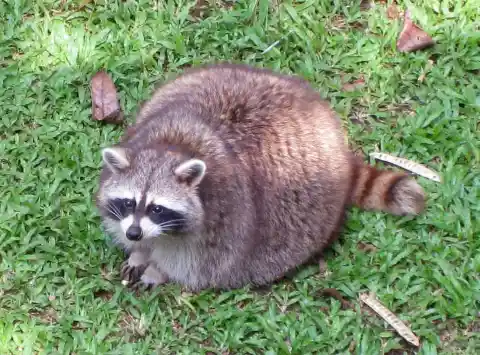
Most give birth to 1 to 8 babies in a litter. The mother stays with her young until they are full grown and able to fend for themselves.
Fat Fox Mama
No, this fox isn’t indulging in one-too-many rabbit tartars. She’s just really pregnant. Most breeds of fox have a gestation period of 49-58 days.
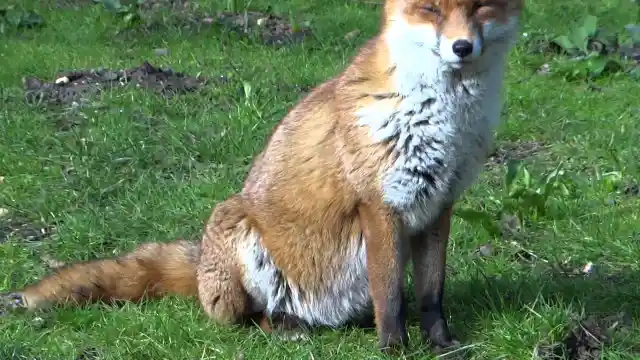

They give birth to 2-3 kits at a time, but there have been times when there have been more or less.
Koala “Kuteness”
Koalas have relatively short pregnancies that only last 35 days. The baby, which is called a “joey” is born with no ears, hair and is blind. Talk about a rough start to life!

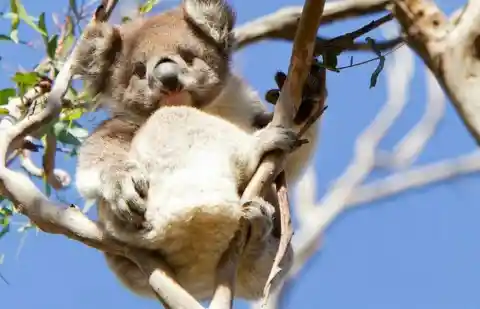
After birth, the baby will reside in its mother’s pouch for protection, where it will feed and finish developing. The babies usually become independent in about a year.
Sluggish Mother Sloth
This mama sloth is feeling like a sloth thanks to being super pregnant. Sloths have pregnancies that last around six months and they only give birth to one baby at a time.
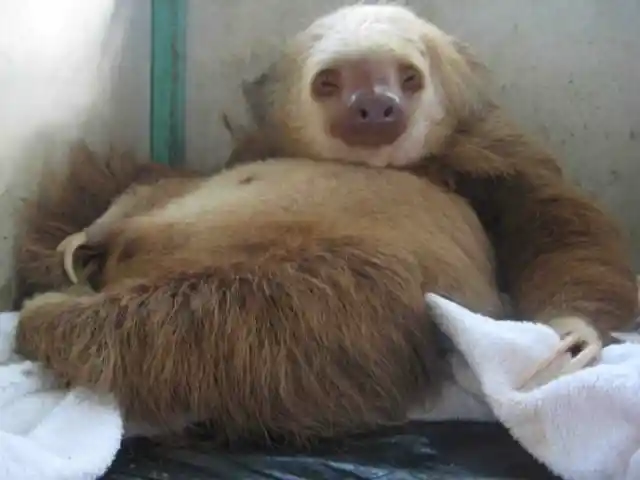
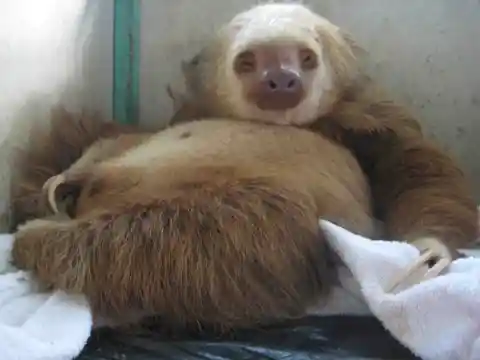
According to research, sloths will remain with their babies for about five months before they are considered independent enough to survive on their own.
Don’t Judge Me, I’m Just Big-boned!
Did you know that jaguars are independent creatures that live their lives alone most of the time? The only time jaguars interact is for mating season, and females give birth within 100 days of conception.


Cubs will remain within the mother’s den for up to six months before venturing out on their own. They usually become independent and find their own space within 2 years.
I Give Up…
It takes about 12 years before female orangutans are able to conceive and for males, about 15 years to reach sexual maturity. The gestation period for females is about 8 months long and they almost always give birth to a single a baby.
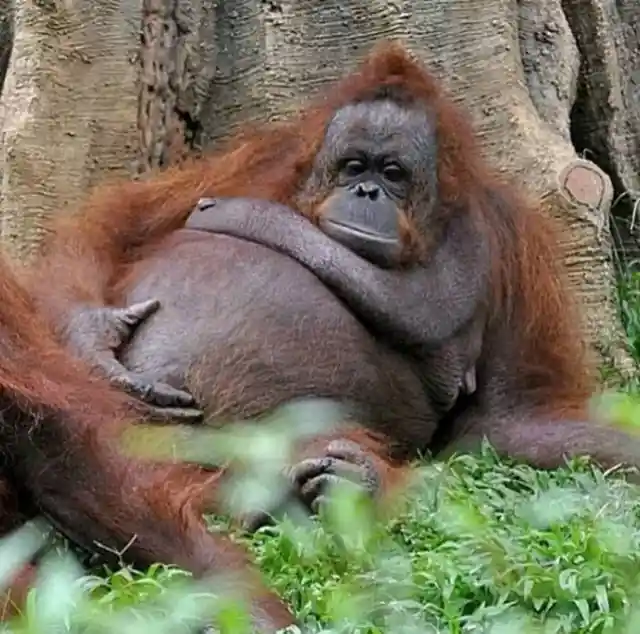
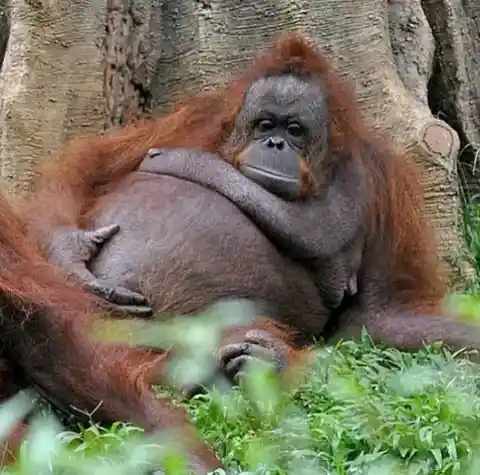
Orangutans are known for their nurturing nature and the babies will stay with their mothers for up to seven years.
Don’t Judge Me!
It seems this groundhog may have seen its shadow and stayed inside too long this past winter. In reality, she’s just very pregnant.


The mating season for groundhogs is around March after they come out of winter hibernation, and they usually give birth within 30 days. Most litters produce around 3-6 newborns.
When You’re This Pregnant You’d Float Too
Known as the “sea cow” due to their slow nature and being a plant-eater, manatees remain pregnant for over a year.


Since the gestation period is quite long, most manatees only mate every other year. They will nurse their babies for up to two before letting them venture out on their own.
Seriously Pregnant Goldfish
Why bother to even try to reach the surface? This goldfish mama is pretty much done attempting any form of productivity.
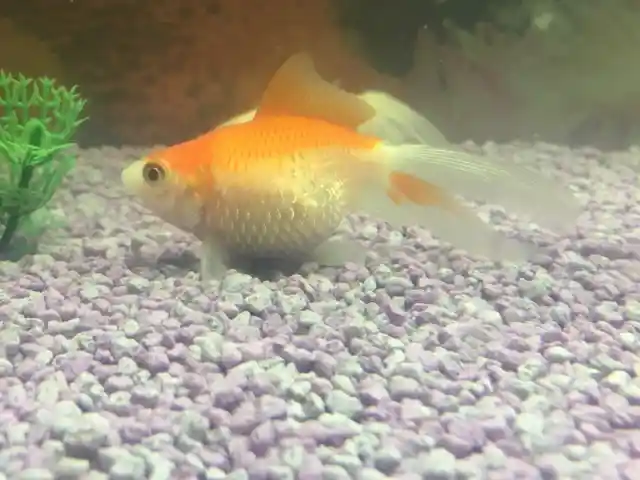
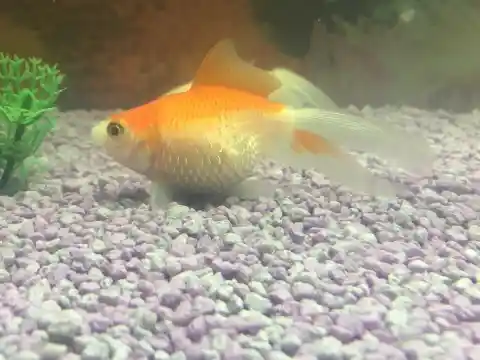
Females produce hundreds of eggs when the water temperatures become warmer and will release up to thousands of eggs at one time. They do not care for their young, and most adult goldfish see them as food.
A Lopsided Figure
This female is just having an awful time of it. Pregnant, lopsided and wishing she had her figure back, she’s only days away from having her calf.
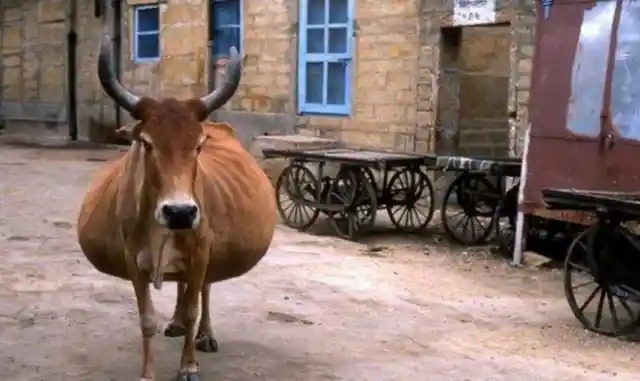

Most cattle have a gestation period of roughly 283 days…we can’t imagine having to carry that weight around for that long. Due to the size of the calf, most mothers need assistance while giving birth.